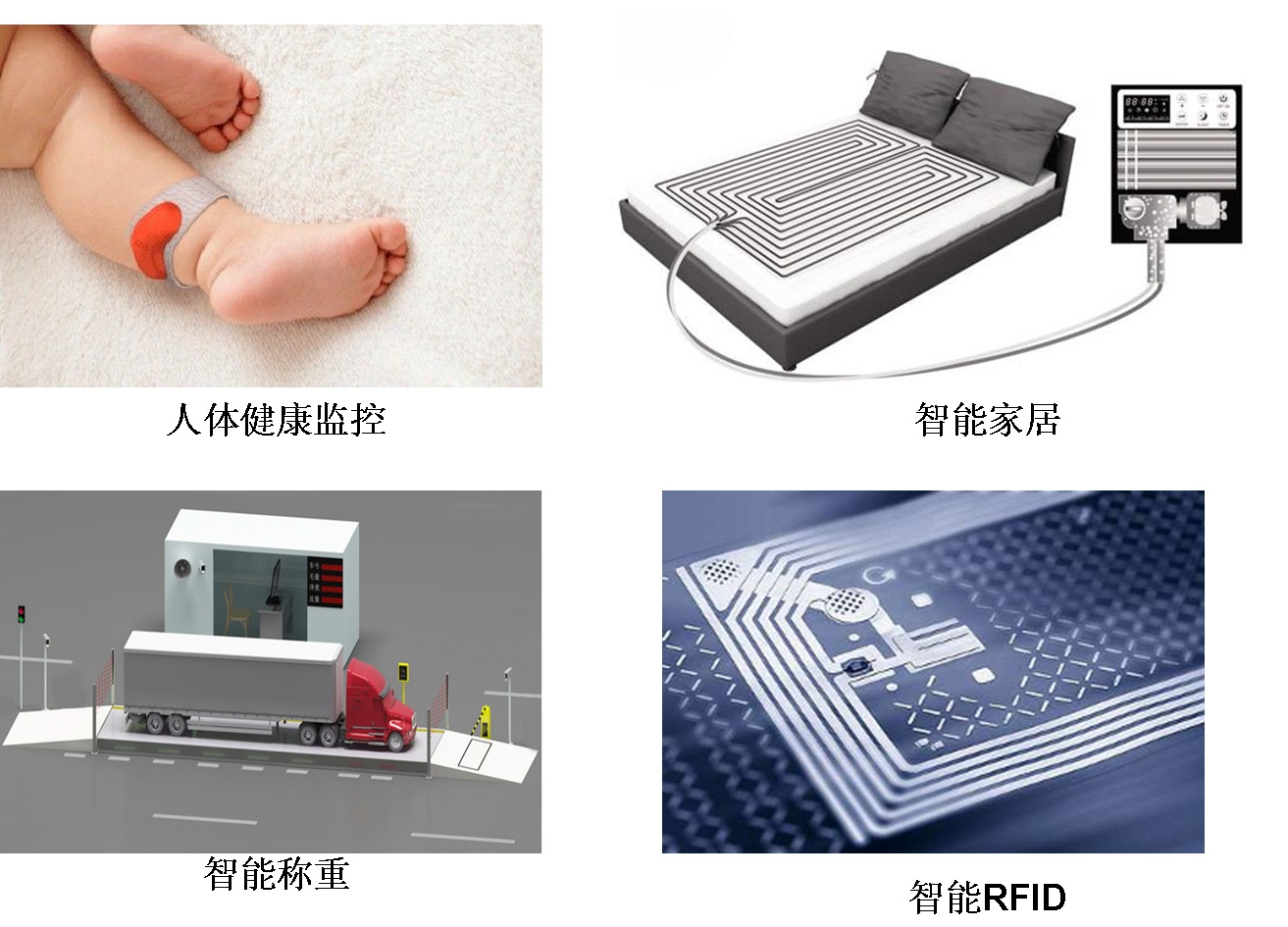As one of the top ten emerging technologies in the 21st century, flexible electronics is bringing a new electronic technology revolution, which will affect the health, medical, manufacturing, robotics and other industries. Sensor is like human's "sense organ", which is the key to information acquisition and the key factor to restrict the development of intelligent medicine, intelligent manufacturing and robot. At present, the development trend of sensor technology is flexible, elastic and bio-mimetic. One of the challenges is that sensors can be as flexible, sensitive and intelligent as humans and nature's creatures. The second challenges is that the flexible / elastic sensing technology should surpass the types and limits of human perception. In general, flexible / elastic sensing technology can achieve conformal with human body, robot and non plane objects, and then obtain information efficiently and reliably, which is of great significance to promote the integration of human, machine and object in the industries of intelligent medical treatment, intelligent manufacturing, robot, etc.
The core of flexible, elastic and bio-mimetic sensors is the design of sensitive materials and device structures. In this direction, flexible, elastic and bio-mimetic sensors are divided into materials, structures, mechanisms and devices.
(1) In the aspect of material / structure, it focuses on the methods and principles for making conductive and functional materials / structures to be flexible and elastic.
(2) In the aspect of mechanism, it focuses on solving the sensing mechanism of flexible / elastic force, thermal, magnetic and other parameters, and the evolution rule and failure mechanism of physical properties under stress / strain.
(3) In terms of devices, we focus on the printing and micro-machining technology of flexible / elastic sensors, as well as the integration technology.
